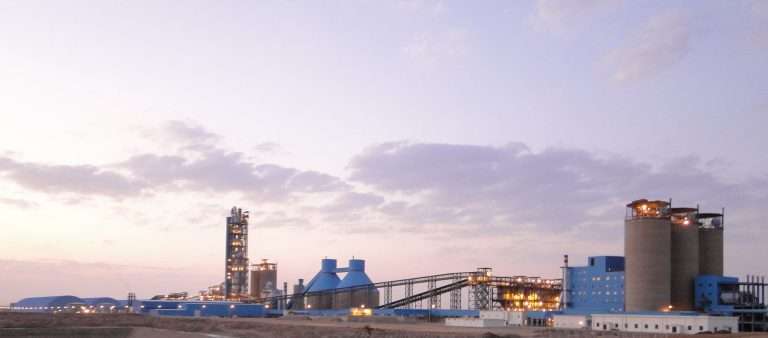Minister: Setting Cement Factories at Maximum Capacity

Sudan Events – Rehab Abdullah
The Minister of Industry, Mahasin Ali Yaqoub, has criticized the waste of 40% of the design capacity of cement factories in Sudan.
The Minister has noted that Sudan hosts six modern cement factories in the River Nile State, whose design capacity stands at 7.5 million tons, in addition to the Rabak Cement Factory, but the actual production achieved for all these factories has not exceeded 4 million tons. The minister commented that this was actually a “waste of investment and state revenues,” resources.
During her meeting (Thursday) in Port Sudan with the managers of cement factories operating in the country, the Minister pledged to overcome all obstacles and problems facing the “cement” industry in Sudan, as it is one of the most important industries that could be relied upon in developing the industrial sector to increase its contribution and achieve self-sufficiency in the commodity.
She mentioned efforts undertaken by her ministry with the relevant authorities to make cement a competitive commodity among Sudanese export commodities, by rehabilitating, modernizing and operating factories, developing production efficiency, and directing the sector in such a way that strengthens the competitive capabilities of cement industry products, in addition to working to address the problems of the multiple fees imposed on the sector as well providing energy and quarries.
She said that the coming period will be a time for reconstruction in the country, which she considered requires that all cement factories be qualified and operate at their maximum production capacity.
She underlined her ministry’s support for all sincere efforts aimed at reducing the cost of production.
She announced an inspection visit to cement factories soon.
Factory managers revealed the most important obstacles facing the sector at the present time, which are imported cement, its quality, energy, local revenue fees, and others, believing in increasing production capacity to replace imports and contributing to increasing revenues in addition to employing workers.



